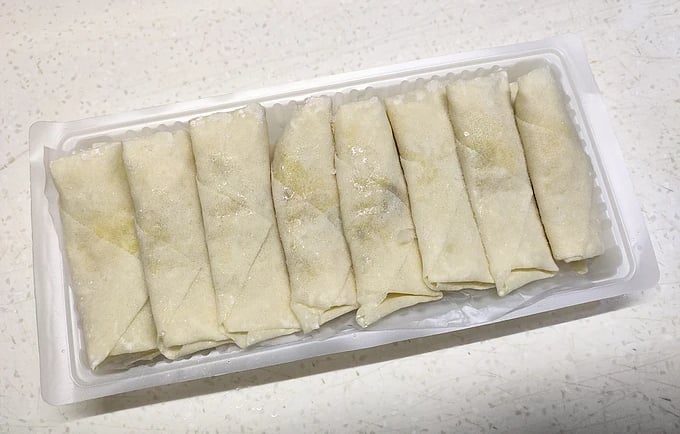How to Prevent Spoilage of Ready-to-Cook Packed Food in Freezer Rooms
To prevent spoilage of ready-to-cook packed food in freezer rooms, maintain a temperature below 0°F (-18°C), use airtight packaging, conduct regular inventory checks, minimize air exposure, and ensure cleanliness.
6/26/20242 分钟阅读


Application:
Snack options for freezing
Frozen fries
Frozen beef patty
Frozen vegetarian chaap
Frozen soy chaap
Plant-based protein alternatives
Frozen meat products
Ready-to-eat biryani and pulav dishes
Lentil and curry options
Introduction
Ready-to-cook packed food products have become a staple in modern kitchens due to their convenience and time-saving attributes. However, ensuring they are stored properly is crucial to extend their shelf life and maintain quality. This blog post will guide you on preventing spoilage of ready-to-cook packed food products in freezer rooms.
Importance of Proper Storage
Storing your ready-to-cook food properly and under the best conditions possible will extend its life to its maximum potential. Different foods have different storage requirements—some can be kept at room temperature, while others must be refrigerated or frozen.
Freezing: A Reliable Preservation Method
Freezing is one of the easiest, quickest, and most versatile methods of preserving ready-to-cook foods. Properly frozen foods maintain more of their original color, flavor, and texture, as well as their nutritional value, better than foods preserved by other methods. Therefore, managing freezer room conditions effectively is essential.
Best Practices for Freezing Ready-to-Cook Packed Food
To prevent spoilage of ready-to-cook packed food products in freezer rooms, follow these best practices:
1. Maintain Consistent Temperature: Ensure the freezer room is consistently kept at the optimal temperature, typically 0°F (-18°C) or lower. Fluctuating temperatures can cause food to thaw slightly and refreeze, leading to texture and quality degradation.
2. Use Airtight Packaging: Proper packaging prevents freezer burn and maintains the food's quality. Use airtight containers or vacuum-sealed bags to minimize air exposure.
3. Label and Date Products: Always label and date the packages to keep track of how long they have been stored. This practice helps in using older stock first and reduces the risk of consuming spoiled food.
4. Don’t Overload the Freezer: Overloading can obstruct air circulation, leading to uneven freezing and potential spoilage. Ensure there's enough space for air to flow around the packages.
Conclusion
Freezing is an excellent method to extend the life of ready-to-cook packed food products, preserving their quality and nutritional value. By following proper storage techniques and best practices, you can significantly reduce the risk of spoilage and enjoy the convenience of ready-to-cook meals without compromising on safety or taste.
